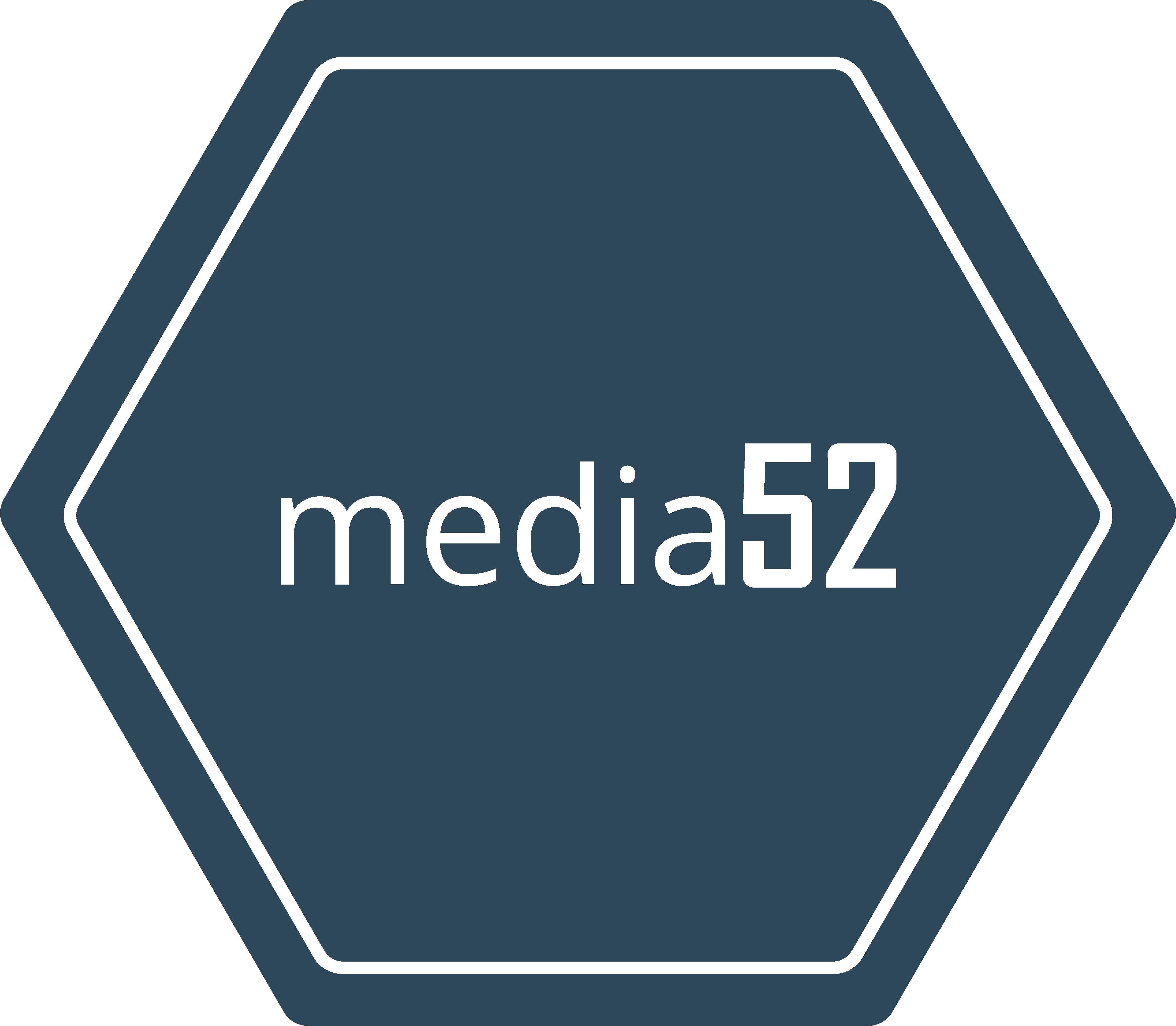Dutch Government Funds Hydrogen Infrastructure with €40 Million Subsidy

The Hague, Friday, 17 October 2025.
The Netherlands allocates €40 million to develop hydrogen filling stations and vehicles, advancing its green mobility goals and reducing carbon emissions through strategic collaborations.
Expanding Hydrogen Infrastructure
In a major step towards reducing carbon emissions and advancing green mobility, the Dutch government has committed €40 million to boost the hydrogen infrastructure in the country. This initiative, funded under the Hydrogen in Mobility Subsidy Scheme (SWiM) by the Netherlands Enterprise Agency (RVO), aims to construct and expand hydrogen filling stations and facilitate the purchase of hydrogen-powered trucks and buses. The funding is distributed among eight collaborations, which will lead to the establishment of four new hydrogen filling stations and the expansion of existing ones in various locations, including Meerkerk, Hattemerbroek, Steenwijk, and Woerden [1][2].
Strategic Collaborations
The SWiM initiative involves a strategic partnership with several key players. Fountain Fuel is set to develop new stations in Meerkerk and Hattemerbroek, while Fieten Olie and DiVers Woerden Waterstof BV will focus on Steenwijk and Woerden, respectively. Existing stations in Amersfoort, Nieuwegein, Deventer, and Utrecht will also be upgraded with hydrogen refueling capabilities. Notably, Teal Mobility, a joint venture between TotalEnergies and Air Liquide, plays a significant role in expanding the hydrogen network in Deventer and Utrecht [1][3].
Hydrogen Vehicles on the Rise
In addition to infrastructure development, the subsidy supports the acquisition of approximately 355 hydrogen vehicles, primarily comprising heavy-duty trucks and a number of passenger buses. This move aligns with the country’s goal to ensure a hydrogen tank station in every urban hub by 2030. As of now, the Netherlands has 23 public hydrogen stations, some of which are equipped for heavy transport. Further applications for the SWiM subsidy are anticipated to open again in the second quarter of 2026, with ongoing annual opportunities until 2029 [1][4].
A Step Towards Sustainable Mobility
The Dutch government’s investment in hydrogen technology marks a critical step in its broader energy transition strategy. This investment not only supports the country’s climate goals but also fosters innovation and collaboration in the field of sustainable mobility. By prioritizing hydrogen, the Netherlands positions itself as a leader in green technology, setting a benchmark for other nations aiming to reduce their carbon footprint and enhance their renewable energy capabilities [1][5].

